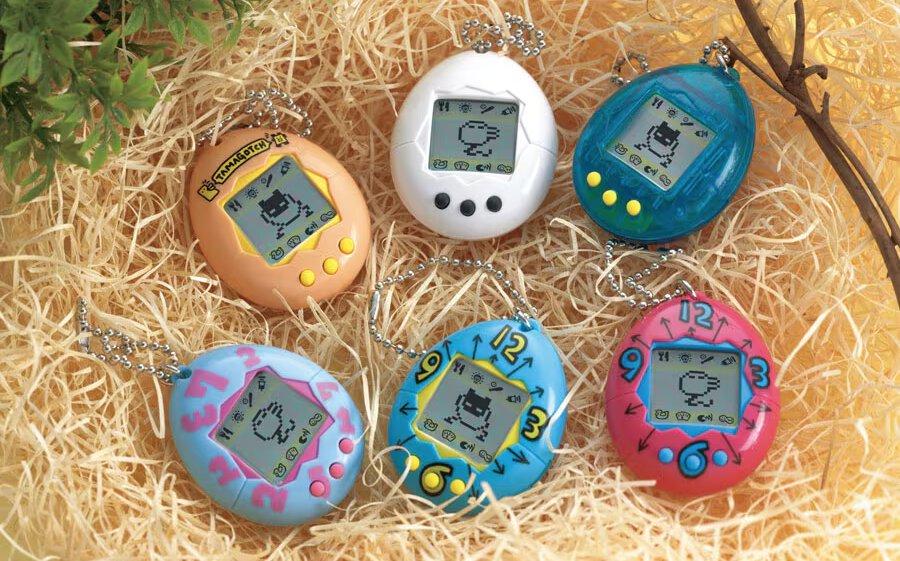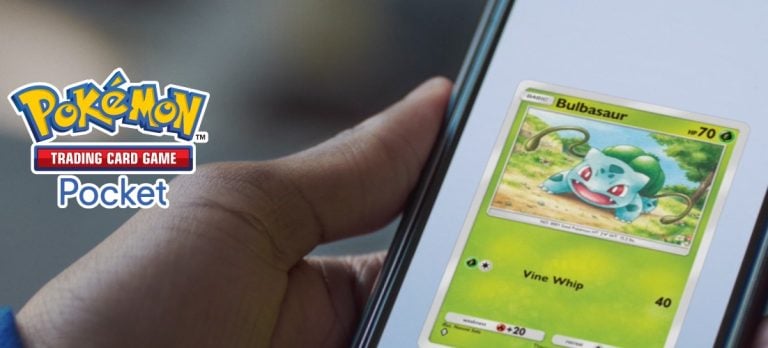Bandai’s Tamagotchi is a 1990s craze that has made periodic comebacks over the years- with Bandai Namco continuing to release new Tamagotchi toys, games and merch. However, did you know that Bandai lost a staggering 6 billion yen back in 1999 (that’s 6.6 billion yen or approx. $38 million USD today) because they made too many of the handheld virtual pets? This situation was highlighted by an episode of the Japanese TV program Shikujiri Sensei back in May 2022, but has remained a relatively unknown fact outside of Japan. It was also brought to the attention of Japanese X users again this week, in a post that sought to explain why Bandai Namco doesn’t make more of its fast-selling Gundam models.
If you were a kid in the 90s, you might well remember the hype around Tamagotchi. Named after the Japanese word for egg (tamago) and watch, Tamagotchi started out as a small, egg-shaped digital toy with a black and white screen. Inside was a virtual pet that you had to feed, play with and clean up after- which beeped when it needed something. Neglect your Tamagotchi, and it would be replaced by a gravestone. The beeping gadgets were banned in many schools, causing children to sneakily tend to their Tamagotchi in class, or persuade their guardians to take over caretaking duties for the needy virtual pet.

Releasing in Japan in November 1996 and making their way overseas the following year, Tamagotchi quickly became popular. However, it seems Bandai overestimated the length of the trend. Bandai continued to release new series of Tamagotchi in all manner of colors- each featuring different virtual pets, ranging from dogs and cats to woodland and sea animals. There were even Tamagotchi that let you raise your own mini devil or angel.
In Spring 1998, it was estimated that Bandai had sold around 20 million Tamagotchi in Japan and about the same number overseas. However, after that the Tamagotchi boom started to wane, with stores sending back boxes and boxes of toys that they couldn’t sell. According to the episode of the TV show Shikujiri Sensei , communication issues between different parts of the company meant that new Tamagotchi series were being designed and manufactured while unsold stock was arriving back at Bandai warehouses. One of the reasons Bandai overestimated the initial public demand for the toys was that the number of reservations they received from stores didn’t match consumer demand (many customers made reservations at multiple shops, eager to get hold of the toy). This massive overproduction of Tamagotchi resulted in financial losses of 6 billion yen, with over 2.5 million unsold Tamagotchi being disposed of.
As mentioned in the program, there’s even an unsubstantiated legend that the huge volume of surplus Tamagotchi were buried on Tokyo’s manmade island of Odaiba when the area underwent commercial redevelopment (this rumor may remind some readers of the infamous 1983 Atari videogame burial).
At the same time, other companies had released copycat versions of Tamagotchi, which were often even cheaper than the real thing, especially outside Japan. Some of these bootleg Tamagotchi packed a huge variety of different virtual pets into one small device or had novel case designs. Although Tamagotchi sold well abroad, the cheaper price of these copycats and their flashy bonus features likely put a dent in Bandai’s overseas sales of the toy.

Tamagotchi can simultaneously be seen as a huge success and an initial failure for Bandai. Nostalgia for the little egg-shaped toy is still strong, with new generations of children also discovering the virtual pet. Since 2004, Bandai (now Bandai Namco) have periodically released new Tamagotchi, Tamagotchi-related merchandise and spin-offs (including a plethora of video games, anime and apps).

Japanese social media users have commented that Bandai’s negative experience with overproduction in the late 1990s is what has made them cautious about making the same mistake. The Tamagotchi loss recently gained attention again on X as users saw it as a possible explanation for why Bandai Namco doesn’t produce more of its top selling plastic models of Gundam.






Tamagotchi is highly underrated. I liked it so much I did buy the GBA version and played it for months alongside Pokémon. I will also admit that the knockoffs were interesting though. There were ones with Ninja’s that you would raise and then if there were two devices you could link both devices together to then do battle, Animals that would play with each other across the linked devices like Dogs or Cats, and even more odd was the Wrestling one back in the day.
It can not be overstated how many casual audiences liked that sort of thing. It was inexpensive and just a good time to be had for all ages.